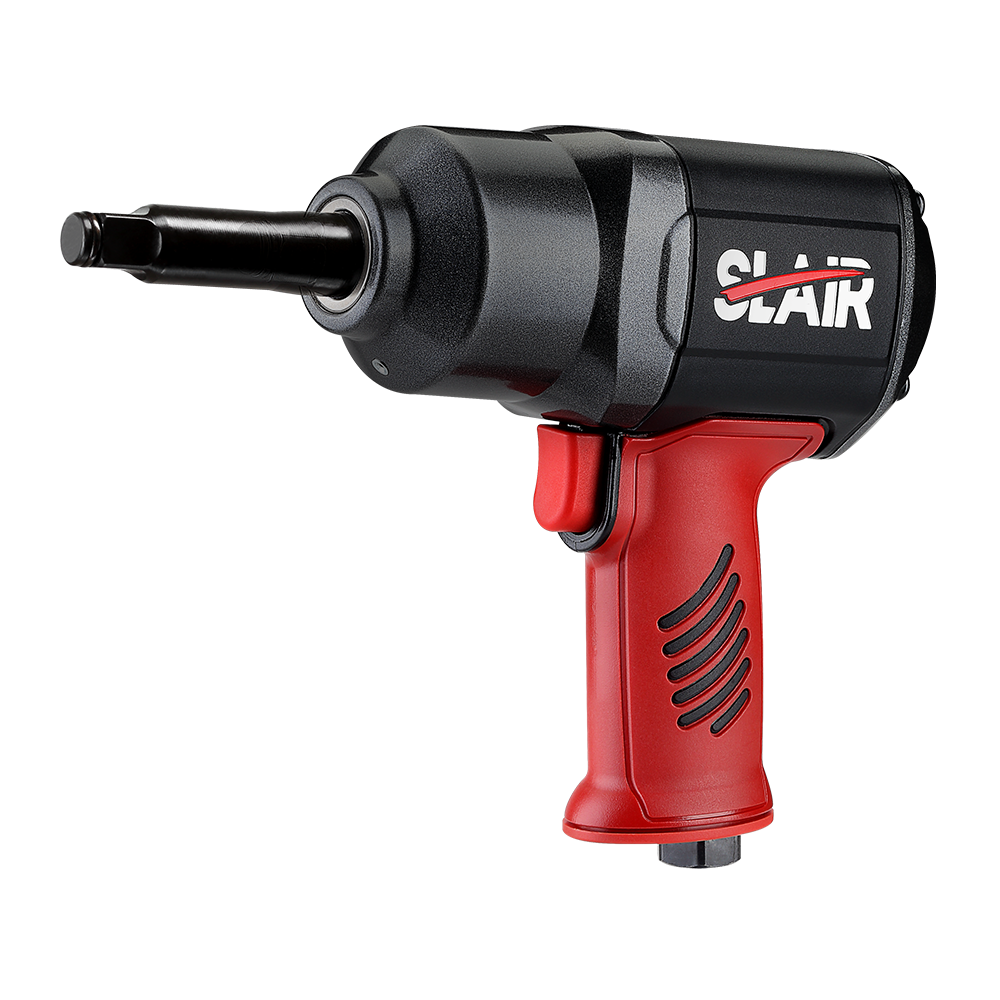Personal protective equipment (PPE) is essential to safeguard against the hazards associated with operating an air-powered angle grinder. This includes safety goggles or a face shield to protect your eyes from flying debris, sparks, and metal fragments generated during cutting and grinding. Ear protection, such as earmuffs or earplugs, should be worn to protect your hearing from the loud noise that pneumatic tools often produce, which can lead to hearing damage with prolonged exposure. Gloves are crucial for shielding your hands from sharp objects and abrasives, while also offering a better grip for control of the tool. Additionally, a dust mask or respirator should be used to avoid inhaling harmful dust, metal particles, or fumes produced during grinding, especially when working with materials like metal, concrete, or stone. Wearing the right PPE is an essential first step in ensuring operator safety.
Before each use, a thorough inspection of the air angle grinder is essential to ensure safe operation. Check the tool for visible damage, such as cracks or wear on the housing, motor, or air hose. Pay particular attention to the grinder's safety guard, ensuring it is securely fastened and positioned correctly to provide optimal protection against sparks and debris. The abrasive disc should be inspected for signs of damage or wear, such as cracks, chips, or uneven surfaces, as these can lead to the disc breaking or malfunctioning during use. Additionally, confirm that the air inlet is free of obstructions and that the connection to the air hose is secure. Any damage or signs of wear on the grinder should be addressed immediately by repairing or replacing faulty components, as continued use of a compromised tool can lead to accidents or tool failure.
Regular maintenance is critical for the safe and efficient operation of an air angle grinder. Pneumatic tools require periodic lubrication to ensure smooth operation and to prevent premature wear of internal components. Follow the manufacturer’s instructions regarding lubrication intervals and use the recommended lubricant type. Also, regularly clean the tool to prevent the buildup of dust and debris, which can impair its performance and cause overheating. Inspection of the air filter is equally important; a clogged filter can reduce airflow and strain the tool, leading to reduced power and potential damage. Routine checks should also include ensuring that the bearings and other moving parts are functioning smoothly and that the tool is operating at its optimal performance level. Neglecting regular maintenance can result in malfunction, decreased efficiency, and a higher likelihood of accidents.
A stable and secure workpiece is essential for safe grinding and cutting. Ensure that the material you are working on is properly clamped or held in place using a vice or clamp to prevent it from shifting during operation. A moving or unsecured workpiece can cause the grinder to become misaligned, leading to dangerous kickbacks or loss of control. It is also important to ensure that the work surface is stable and free from any obstacles that could cause the tool or the workpiece to slip. For larger workpieces, it may be necessary to enlist a second person to help stabilize the material or adjust its positioning while you work. This ensures greater control and precision, minimizing the risk of accidents and improving the overall safety of the work environment.





 English
English 中文简体
中文简体 русский
русский Deutsch
Deutsch Português
Português Español
Español
















